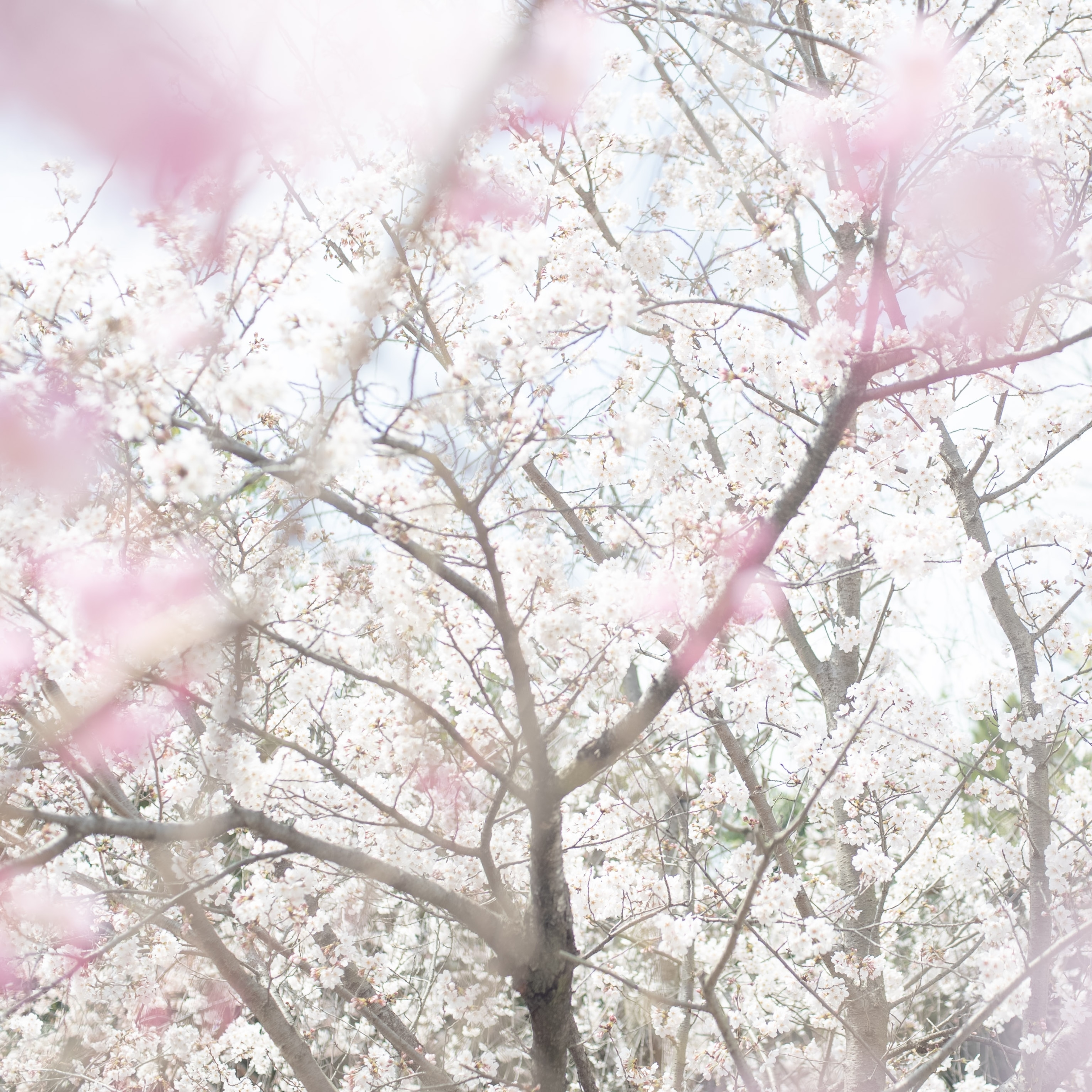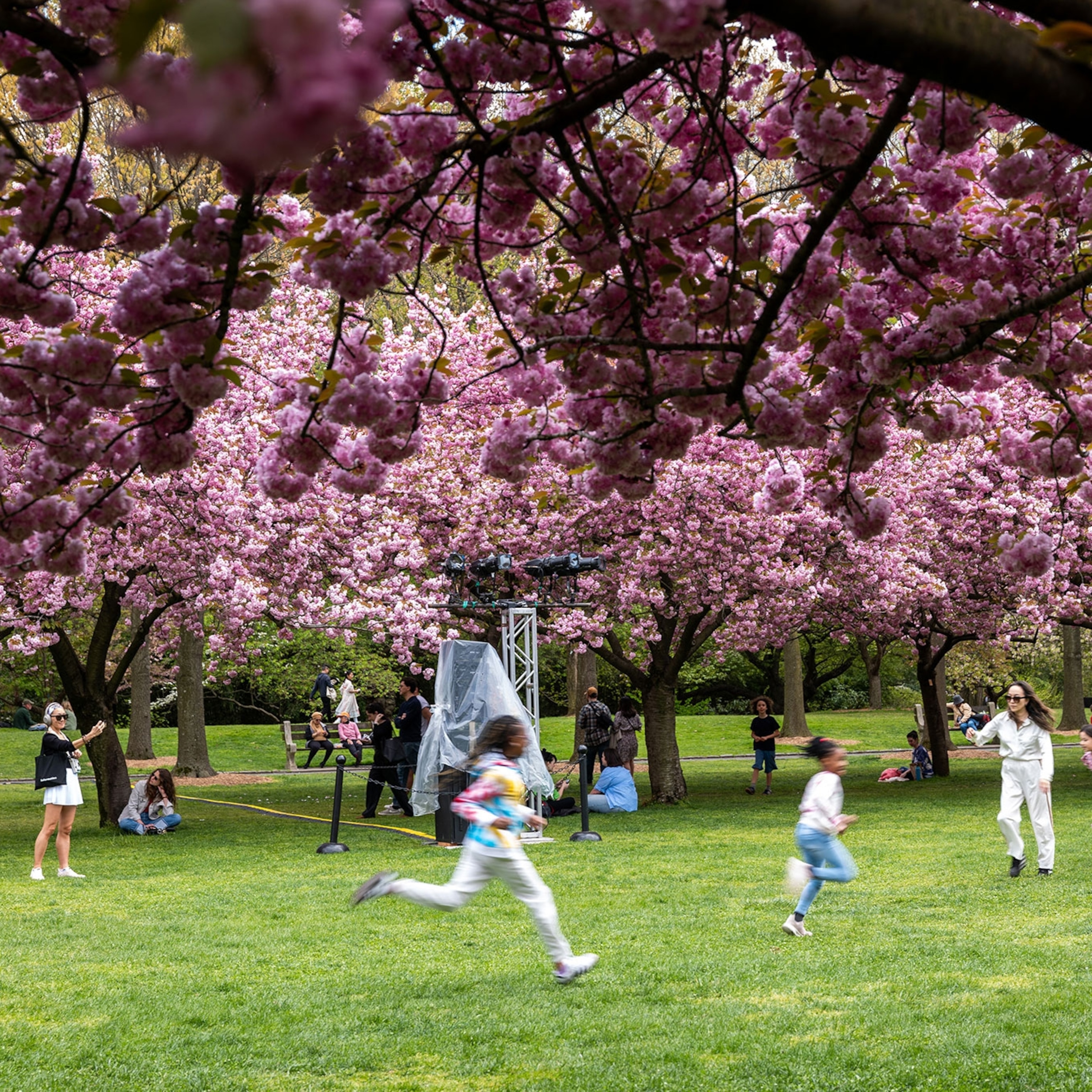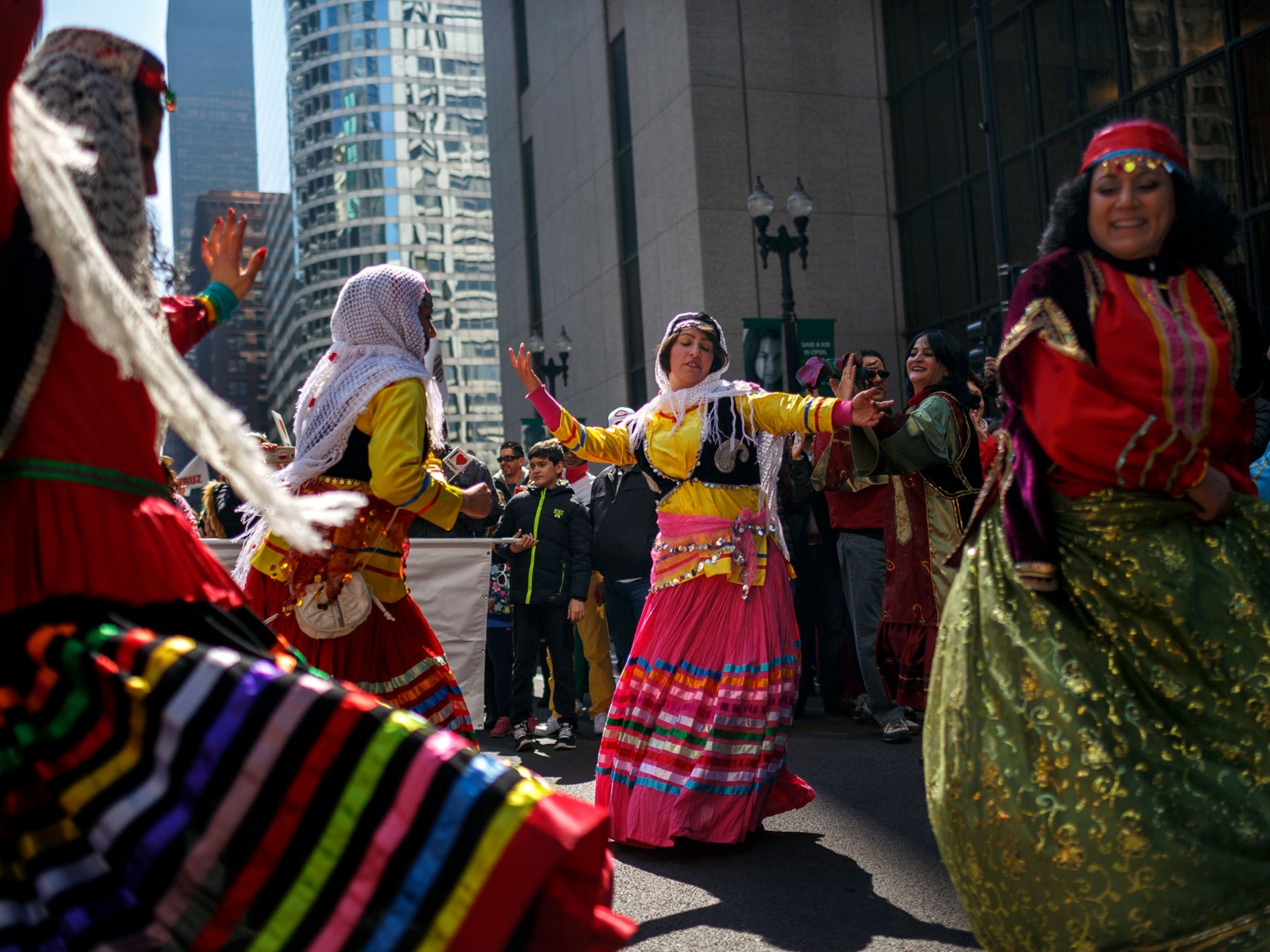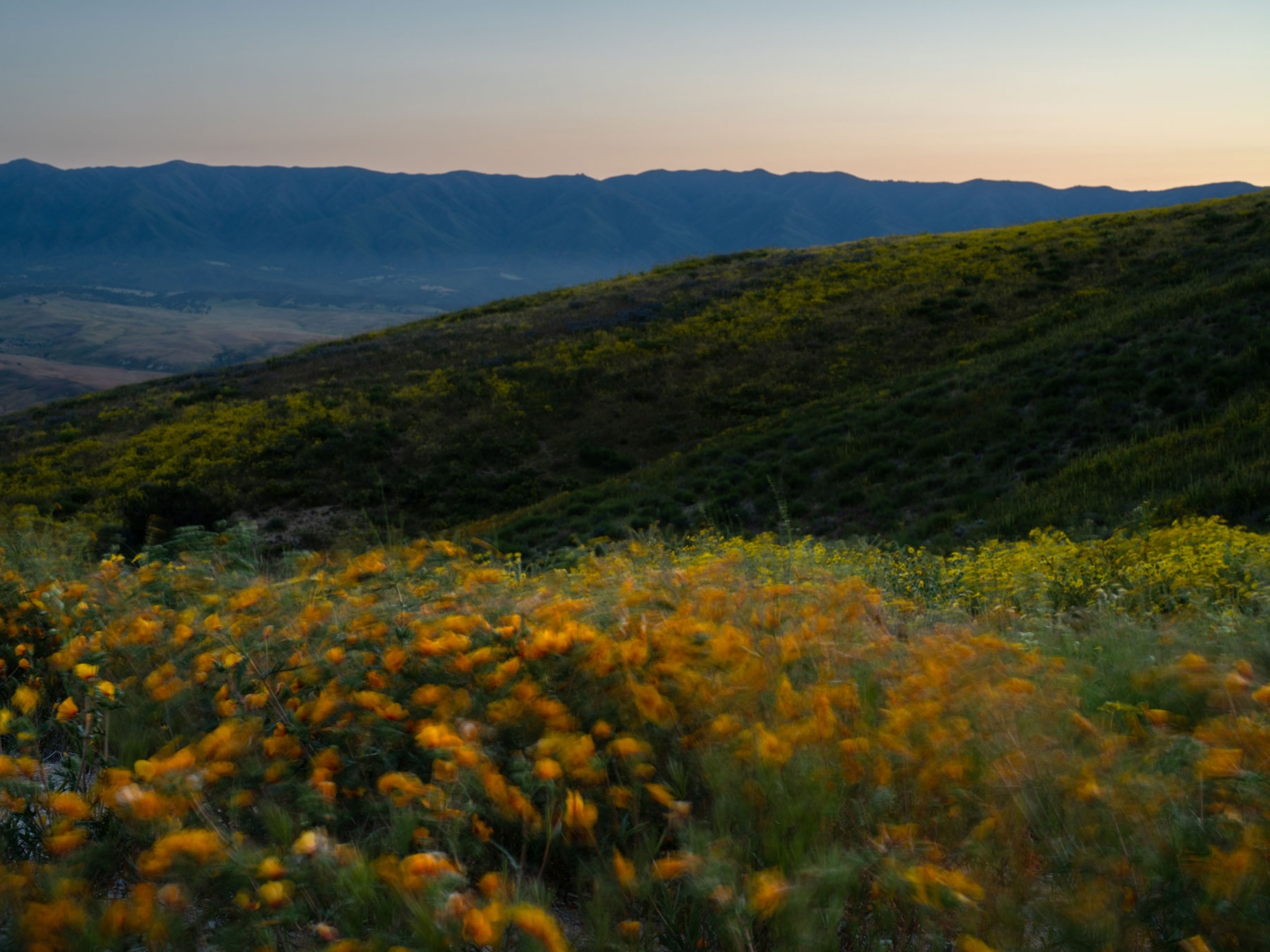8 of the most spectacular places in the U.S. to see spring flowers in bloom
From blooms dotting desert cacti to rows of bright pink cherry trees, here's where to see this spring's best flower displays.
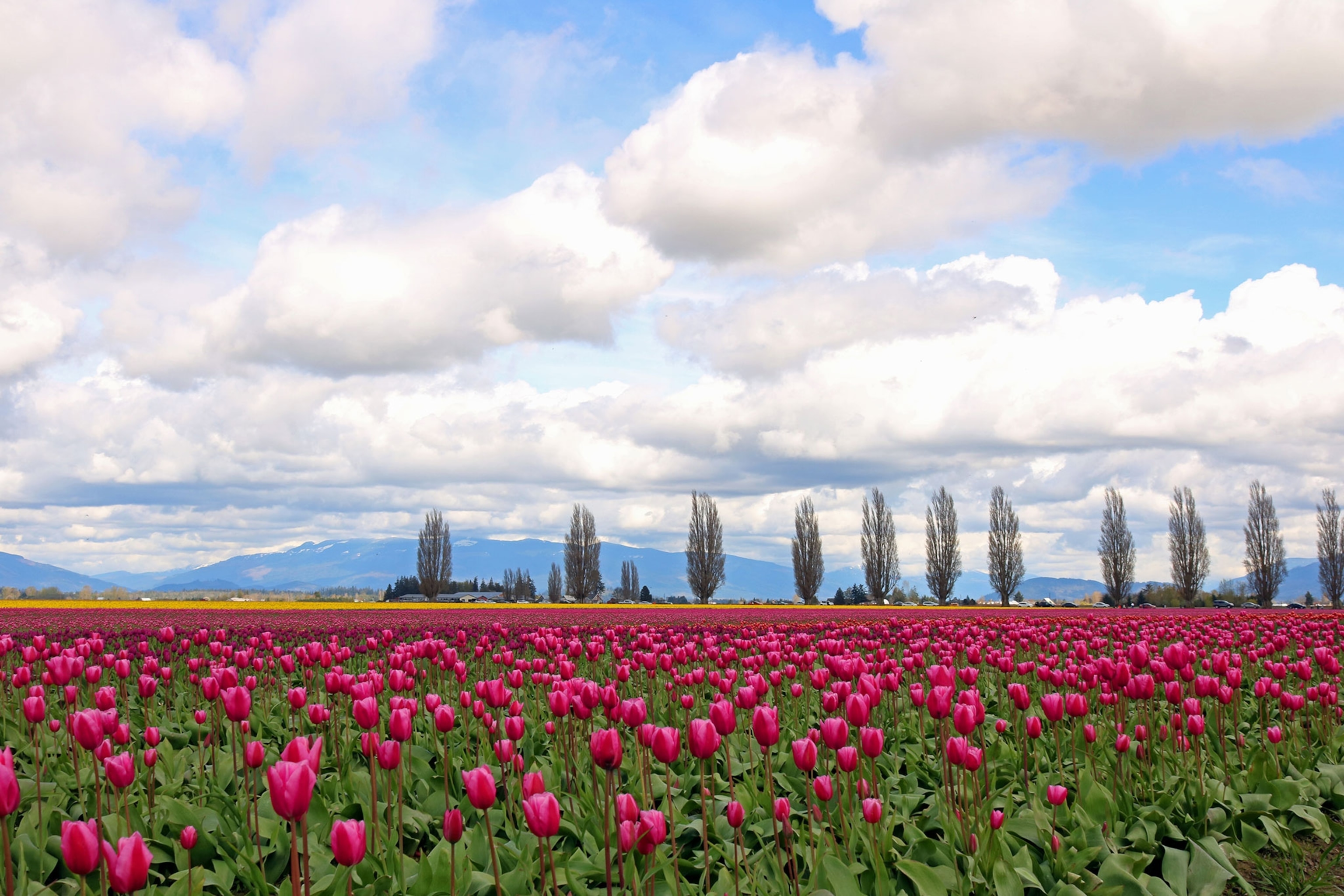
With daylight stretching longer and outdoor temperatures ticking upward, spring is in the air. Plants across the United States are quickening their growth, sprouting leaves and flowers as they revive the landscape. Spring will provide chances to admire the colorful transformation. Below are a few of the best places and times to witness the dramatic beauty of flowers in bloom.
Cherry trees in Washington, D.C.
Peak bloom: March, April
Each spring, the U.S. capital hosts the National Cherry Blossom Festival. Across three and a half weeks, 1.5 million people visit the Tidal Basin—only a mile from National Geographic headquarters—to see the cherry trees that ring the reservoir erupt in delicate pink blossoms.
The event commemorates the mayor of Tokyo’s gift of cherry trees to Washington, D.C. and the American people in 1912. Three years later in 1915, the U.S. government repaid the gesture with flowering dogwoods. This year’s festival kicks off on March 20. You can view the trees’ progress remotely on the Trust for the National Mall’s Bloom Cam.
(Climate change is disrupting when flowers bloom. Learn more.)
Bluebonnets in Texas
Peak bloom: March, April
Someone driving across the Lone Star State this spring may notice, depending on their drive’s direction, the wildflowers along the highway increasing or decreasing in number. The Lady Bird Johnson Wildflower Center in Austin is predicting that drought conditions in the western part of the state will result in fewer early-blooming wildflowers this year; but eastern Texas, having seen more rain, will see more flowers. Don’t want to spend all day in the car? Use this map to find bluebonnets along roughly 40 miles of scenic roads near the town of Ennis, south of Dallas.
Tulips in Skagit Valley, Washington
Peak bloom: April
In April, tens of millions of vibrant tulip bulbs fill gardens and fields in this valley, which is located about halfway between Seattle and Vancouver. The Skagit Valley Tulip Festival launched as a two-day event in 1984. Today, it lasts the whole month with Skagit Valley playing host to a parade in the town of La Conner, a street fair in Mount Vernon, art exhibits, and an annual photo contest. The local tulip industry has historical ties to the Netherlands and that country’s knowledge of tulips. Farmers in Skagit Valley also raise daffodils—the focus of a separate festival in March.
Wildflowers in Great Smoky Mountains National Park
Peak bloom: April, May
Bridging Tennessee and North Carolina, Great Smoky Mountains National Park is the most popular national park in the U.S., with more than 12 million visitors in 2024. It’s also sometimes called the Wildflower National Park because it boasts the most varieties of flowering plants: more than 1,500. For 75 years since 1951, the park has hosted the Spring Wildflower Pilgrimage, today a four-day gathering. Participants can get up close to the Smokies’ seasonal starlets, like mountain laurel, flame azaleas, and 10 different species of trillium. While some eastern sections of the park remain closed due to damage from Tropical Storm Helene, others became easier to access after the recent reopening of Interstate 40 near the two states’ dividing line.
Cacti in Arizona’s Saguaro National Park
Peak bloom: April, May
You might not expect eye-catching blooms in a seemingly hostile desert, but if you make a springtime visit to Saguaro National Park, outside of Tucson, you’ll find plenty of them. The park’s namesake species of cactus grows only in the Sonoran Desert, and wow, how it grows: Very slowly at first—as little as an inch in 10 years—and then much faster until it reaches an average height of 40 feet. A saguaro doesn’t flower before the age of 30; when it’s finally mature enough to reproduce, bouquets with white petals and golden centers emerge overnight from the plant’s characteristic arms.
Jacarandas in Los Angeles
Peak bloom: May, June
Two months after wildfires destroyed entire neighborhoods in L.A., the path forward for those residents remains long. This spring, nature will offer the city a symbol of renewal when jacaranda trees line the streets in purple. Native to South America, jacarandas discovered an expat life in California over a century ago. More than 100,000 dot the urban canopy. According to a heat map created by a Los Angeles Times editor, the neighborhood that has them in the greatest density: Westwood.
Lilacs on Mackinac Island, Michigan
Peak bloom: June
Situated in Lake Huron between Michigan’s Upper and Lower Peninsulas, Mackinac Island is home to lilacs that have captured the hearts of newcomers and regulars for more than a century. No less than Henry David Thoreau remarked on the flowers in his diary when he visited in 1861. This small island has hosted a lilac festival since the 1940s. Today, the festival occupies 10 days in June, leading up to the week of the summer solstice.
Lupines in New England’s White Mountains
Peak bloom: June
By the last month of spring, the floral pageantry has made it north to New England, where blossoming lupines paint the White Mountains in purple, pink, and—yes—white. The town of Sugar Hill, New Hampshire, billing itself as the state’s lupine capital, hosts an annual celebration of the flower in early June as the vertical stalks enliven the surrounding fields. Within a few weeks, the flowers dry and fall off, starting at the bottom of the stalks and moving up. They give way to the plants’ seedpods and, a year later, another springtime spectacle.

